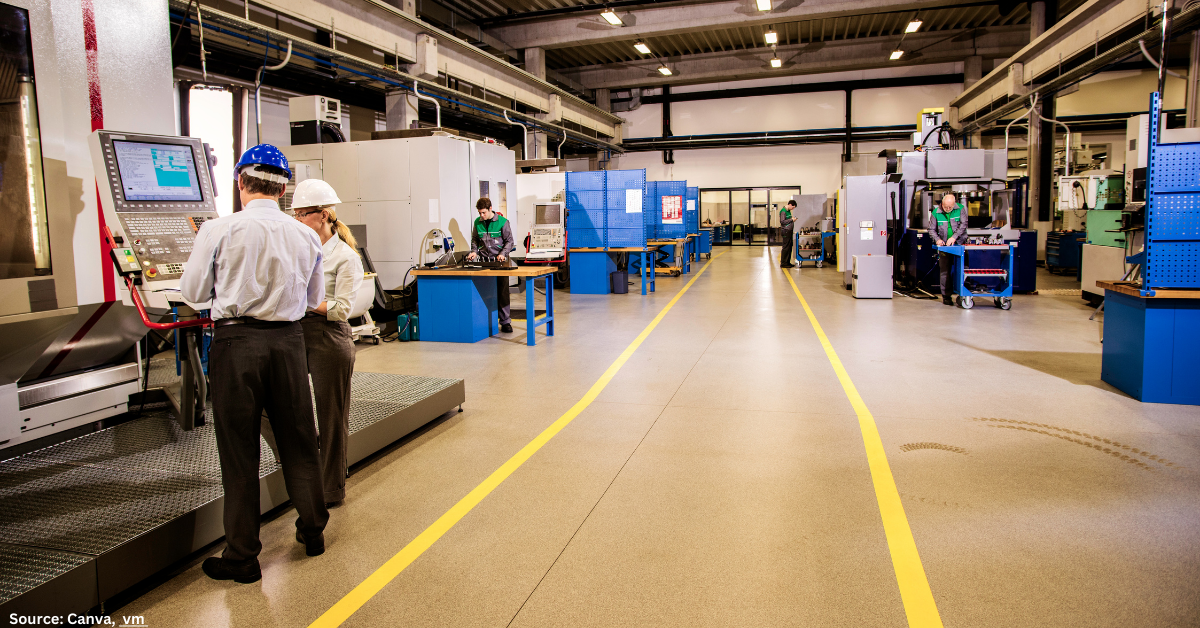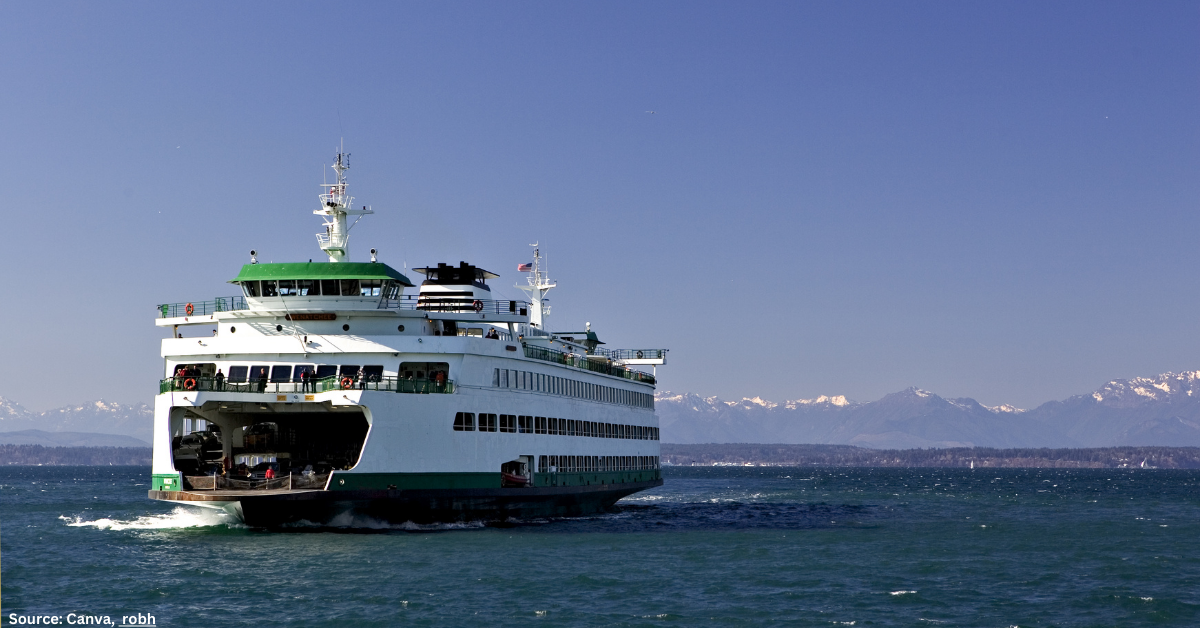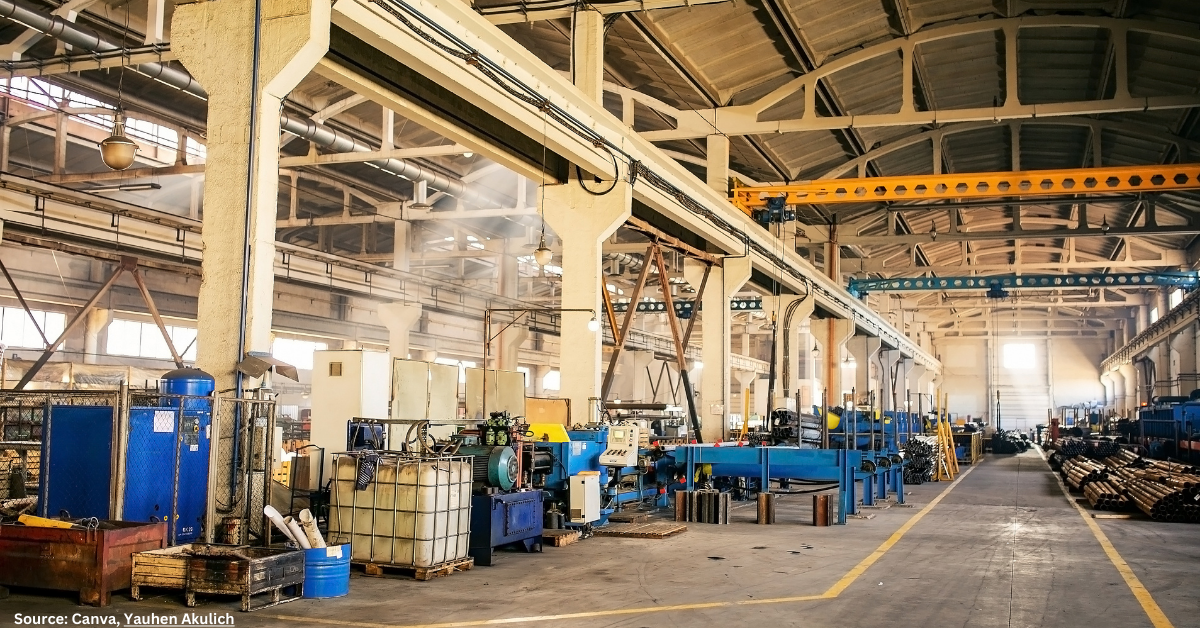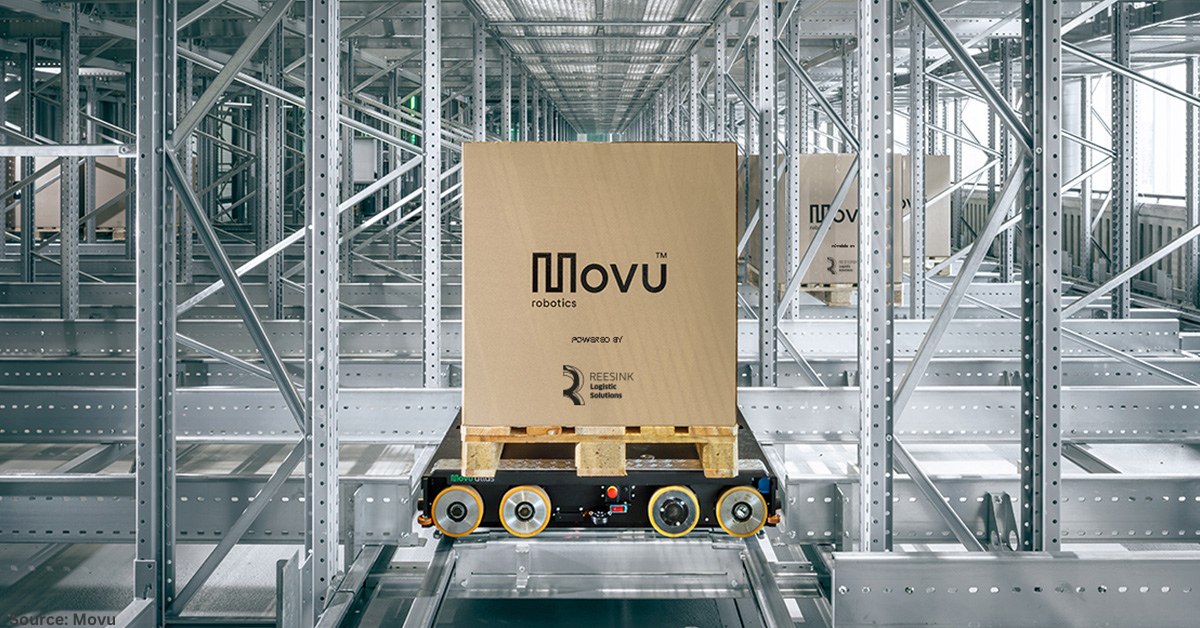A shift from road to Inland Rail could cut up to $213 million a year from freight transport costs, a new supply chain analysis from CSIRO reveals.
CSIRO’s Inland Rail Supply Chain Mapping Project found that the 1,700 freight rail line could significantly drive down the cost of transporting 22 million tonnes of freight annually.
The modelling showed potential cost reductions to cover more than 12,000 supply chains and 94 commodities, including coal, steel, grain, and livestock.
Related: Major section of Inland Rail opens in time for bumper harvest season
Businesses relying on road-based supply chains will benefit most from the switch, with a projected average transport saving of over $80 per tonne.
The analysis also showed freight transport costs to nearly halve for the entire route from Melbourne and Brisbane and the route between Brisbane and Parkes, connecting to Perth.
Freight travelling to Queensland is projected to have a 40 per cent drop in transport costs, while New South Wales and Victoria could see a 31 per cent and 37 per cent reduction, respectively.
Deputy Prime Minister Barnaby Joyce said the modelling shows the positive impact Inland Rail will have on our regional industries.
“Inland Rail gives us the greatest opportunity for boosting economic development in regional areas, which is why we are delivering the project as quickly as possible,” the Deputy Prime Minister said.
“Shifting freight from road to rail will drive down the cost of transporting goods and commodities to ports and better facilitate the sale of products, like coal, that underpin our standard of living,” he said.
He continued that reducing freight costs for businesses and industries along the route means they can expand and hire more Australians, helping regional economies grow into the future.
Inland Rail is estimated to take 200,000 trucks off the road each year, or 150 B-doubles for each train travelling between Melbourne and Brisbane.
The $15 billion project will see freight rail lines connecting Melbourne and Brisbane via regional Victoria, New South Wales and Queensland.
Finance Minister Senator Simon Birmingham said the freight rail network will help provide the freight industry with more competition.
“CSIRO’s modelling shows how Inland Rail could slash transport costs for more than 90 commodities across Australia,” Minister Birmingham said.
“This highlights the significance of building a national freight network that gives producers and businesses better access to domestic and international markets at competitive prices,” he said.
Construction for the Inland Rail project commenced in 2018 and is expected to be completed in 2027.

























































Follow us on social media